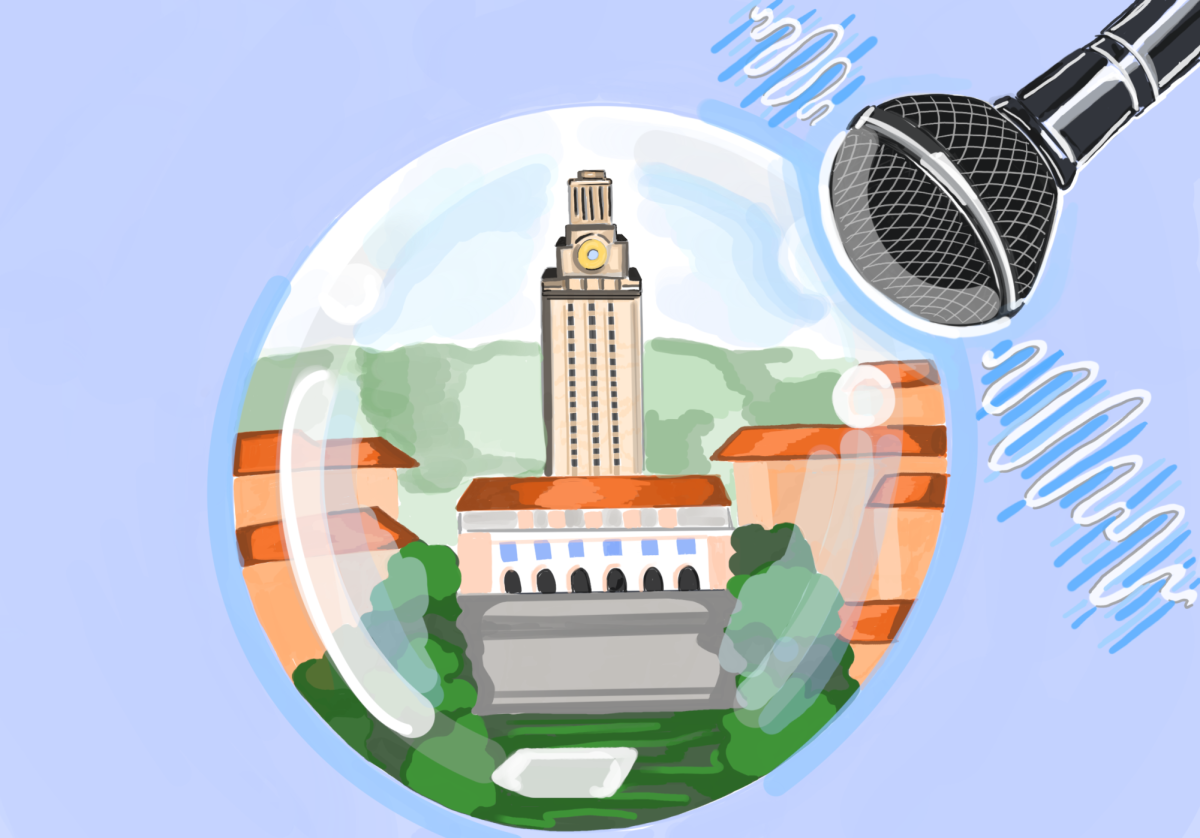College is an exceptional time in our lives when we can partake in activities that society otherwise frowns upon, such as drinking Keystone beer and playing hacky sack in public. One potentially ruinous side effect of pursuing a higher education, though, is taking out the loans to pay for it. According to a May 2013 estimate by the Consumer Financial Protection Bureau, there are $1.2 trillion in outstanding student loans in the U.S. Student loans now make up the second-largest sum of debt held by Americans, behind mortgages. The swelling bubble of student debt is a well-trod narrative — rising costs of school combined with declining job prospects make post-grad financial realities difficult — but a less-explored dimension of student loans is the market forces behind them.
Student loans hold a special place in annals of American finance. Because pursuing an education is considered a worthy goal, the federal government has long guaranteed publicly made loans and set an unwavering, comparatively low interest rate for the students who take them. Before 2010, public student loans were mostly made by commercial banks directly to students and guaranteed by the federal government. But this arrangement was phased out, and loans from commercial banks were replaced with loans directly from the U.S. federal government in 2010 under the Student Aid and Fiscal Responsibility Act. By squeezing out private banks from public student lending programs, it became more difficult for banks to make a profit from student lending.
The increased competition for pieces of a smaller pie forced several major banks, including JPMorgan Chase, Citigroup Inc. and Bank of America, out of the student lending industry. Meanwhile, bigger players in the industry, such as Sallie Mae, have grown to dominate it. This is an issue because private student lenders offer less favorable rates that are dependent on students’ lending histories. Whereas public student loans have a universal, low interest rate for all borrowers regardless of their credit scores or borrowing histories, private student lenders predicate their rates on the borrower’s ability to repay the loan. For a young person with little credit history and an older adult with only a high school education, these rates can end up being prohibitively expensive.
Ideally, private loans would only be used to cover the difference between loans available from the government and the amount needed to finance an education. Typically, the government will issue Federal Stafford Loans, the main type of public student loan, to students who demonstrate financial need up to a certain level. But as the Consumer Financial Protection Bureau warned in a 2013 report, young borrowers may not understand the comparative advantages public loans direct from the government have over those from private banks. According to FinAid, private student loans are expected to continue growing at a double-digit rate in the foreseeable future.
Because private student loans are extremely difficult to discharge — it’s unlikely a bankruptcy court would forgive the debt — high interest loans have the potential to saddle a young person with crippling debt for decades to come.
In 2012, Arne Duncan, the U.S. secretary of education, criticized this business model that preys on under-informed borrowers, remarking to Daily Finance that “Subprime-style lending went to college, and now students are paying the price.” Sallie Mae and student lenders are exposed to very little risk in the event of a consumer defaulting on the loan, creating a conflict of interest between the lender, borrower and third-party purchaser of securitized loans similar to the conflict of interest that arose in securitizing mortgages in 2008. If it is not in the interest of the lender to ensure the borrower doesn’t default, that lender could be inclined to intentionally give the borrower, particularly a financially illiterate college student, terms that he cannot afford.
The evolving student loan marketplace creates a space for aggressive lenders to take advantage of vulnerable, information-poor consumers. Student loans should be a stepping stone to a better future, not a crippling burden that lenders expect to end in default. Loans are a vital part of funding higher education in America, but the burden falls on us, as students, to do our research and make sure we’re getting the most favorable terms. If we approach the student loan marketplace with an informed, critical mindset, hopefully we can leave our debt where we leave our campus parking fines and mandatory math classes: in the past.
Matula is a finance junior from Austin.




















